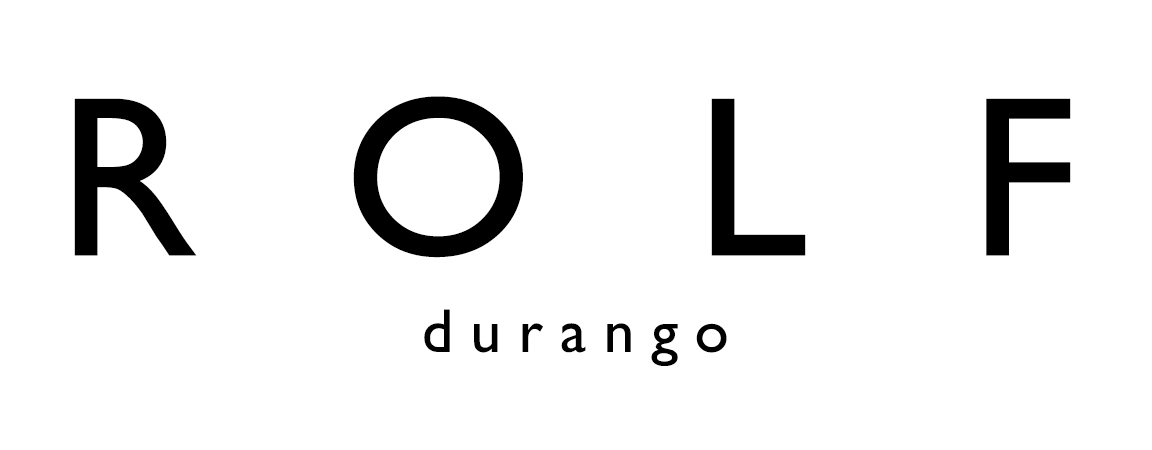About Rolfing
What is Rolfing?
Rolfing® is a form of manual therapy that works on a web-like complex of connective tissues to release, realign and balance the whole body, thus potentially resolving discomfort and alleviating pain. Rolfing differs from other forms of manual therapy in its sustained, directional pressure and interactive approach. More than fifty years ago, Dr. Ida Rolf recognized that the body is a system of seamless networks of tissues rather than a collection of separate parts. These connective tissues surround, support and penetrate all of the muscles, bones, nerves and organs. Rolfing manipulates these connective tissues to restore flexibility, revitalize your energy and leave you feeling more comfortable in your body.
What is Rolf Movement?
During a session, the Rolfer® works with the client to release structural conflicts and allow free, fluid movement. Rolf Movement® helps clients become aware of their inhibiting and limiting movement patterns and offers more efficient ways to perform daily activities. Rolfing is equally concerned with how people actually experience and use their bodies every day as with their structural organization in gravity. This unique blend of both the functional and structural aspects of the body is a distinctive feature of Rolfing and Rolf Movement.
What is the "Ten-Series"?
The hallmark of Rolfing is a standardized “recipe” known as the Ten-Series, the goal of which is to systematically balance and optimize both the structure (shape) and function (movement) of the entire body over the course of ten Rolfing sessions. Each session focuses on freeing restrictions trapped in a particular region of the body. The practitioner also maintains a holistic view of the client’s entire system during each session, thus ensuring the transformational process evolves in a comfortable and harmonious way.
Sessions 1-3
Called the "sleeve” sessions, session 1-3 strive to loosen and balance surface layers of connective tissue.
Specifically, the first session is devoted to enhancing the quality of breath with work on the arms, ribcage and diaphragm. Opening is also started along the upper leg, hamstrings, neck and spine.
The second session helps give the body a stable foundation by balancing the foot and muscles of the lower leg.
The third session typically involves a side view for an understanding of how the head, shoulder girdle, and hips are positionally related to one another when standing under the influence of gravity. Afterward, the body is addressed within the context of this new vision.
Sessions 4-7
Sessions 4-7 are referred to as core sessions and examine terrain found between the bottom of the pelvis and top of the head. The idea of core also includes the deep tissue of the legs for its role in support.
Session four begins this journey; its territory extends from the inside arch of the foot, up the leg, and to the bottom of the pelvis.
The fifth session is concerned with balancing surface and deep abdominal muscles to the curve of the back.
Session six seeks to enlist more support and moment from the legs, pelvis and lower back, while the seventh session turns its sole attention to the neck and head.
Session 8-10
Integration is emphasized throughout the remaining three sessions, as sessions 8-10 provide an opportunity for the practitioner to blend previously established advancements, and ones yet to be made, into the body in a way that encourages smooth movement and natural coordination.
During sessions eight and nine, the practitioner determines how best to achieve this integration, as the protocol is unique for each individual.
The tenth and final session is also one of integration, but more importantly, serves to inspire a sense of order and balance.
Once completed, the wisdom of the Rolfing ten-series will drive and support the body with health for years to come.

